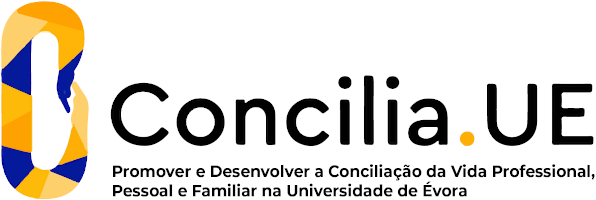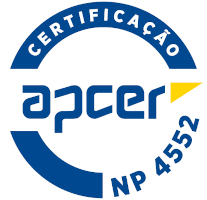2025
Societies and Prehistoric Cultures
Name: Societies and Prehistoric Cultures
Code: HIS12020L
6 ECTS
Duration: 15 weeks/156 hours
Scientific Area:
Archeology
Teaching languages: Portuguese
Languages of tutoring support: Portuguese, English
Regime de Frequência: Presencial
Presentation
This course aims to provide the students with a geral and at the same time detailed knowledge on the main questions related to the archaeological research on prehistoric investigations. The topics are organized diachronically and will be focusing on major aspects on the evolution of human behaviour.
Sustainable Development Goals
Learning Goals
1. Acquire a broader and updated vision that involves a critical understanding of Prehistory and Archaeology and their research methods;
2. Frame the process of hominization and human evolution, hunter-gatherer groups and the emergence of the first production economies and metallurgists;
4. Develop knowledge, skills and abilities for reading and evaluating existing specialized bibliography on Prehistory.
2. Frame the process of hominization and human evolution, hunter-gatherer groups and the emergence of the first production economies and metallurgists;
4. Develop knowledge, skills and abilities for reading and evaluating existing specialized bibliography on Prehistory.
Contents
1. INTRODUCTION
1.1. Prehistory as a scientific discipline
2. THE PREHISTORY AND THE ARCHAEOLOGY
2.1. Methods of research
2.2. Geological time and palaeoenvironmental reconstruction
3. THE PALAEOLOTIHIC HUNTERS GATHERERS
3.1. Hominization
3.2. Lower Palaeolithic
3.2.1. Acheulian lithic industries
3.2.2. Economy, society and habitats
3.3. Middle Palaeolithic
3.3.1. Musterian lithic industries
3.3.2. Economy, society and habitats
3.4. Upper Palaeolithic
3.4.1. The diversity of lithic industries
3.4.2. Art and spirituality
4. MESOLITHIC
4.1. The post-glacial environment and a new society
4.3. Shell middens and the formal spaces of burial
4.4. Lithic industries and the use of bone
5. NEOLITHIC
5.1. The concepts of Neolithic
5.2. Climatic and socio-economic changes
5.3. The domestication
5.5. The use of space
5.6. Megalithism
6. SOCIETIES WITH METALLURGY
1.1. Prehistory as a scientific discipline
2. THE PREHISTORY AND THE ARCHAEOLOGY
2.1. Methods of research
2.2. Geological time and palaeoenvironmental reconstruction
3. THE PALAEOLOTIHIC HUNTERS GATHERERS
3.1. Hominization
3.2. Lower Palaeolithic
3.2.1. Acheulian lithic industries
3.2.2. Economy, society and habitats
3.3. Middle Palaeolithic
3.3.1. Musterian lithic industries
3.3.2. Economy, society and habitats
3.4. Upper Palaeolithic
3.4.1. The diversity of lithic industries
3.4.2. Art and spirituality
4. MESOLITHIC
4.1. The post-glacial environment and a new society
4.3. Shell middens and the formal spaces of burial
4.4. Lithic industries and the use of bone
5. NEOLITHIC
5.1. The concepts of Neolithic
5.2. Climatic and socio-economic changes
5.3. The domestication
5.5. The use of space
5.6. Megalithism
6. SOCIETIES WITH METALLURGY
Teaching Methods
Presentation by the teacher of theoretical concepts, definitions, methodologies and case studies, using analysis of texts, images, cartography, artifacts/ecofacts and digital resources. Sessions are accompanied by student engagement through a dialogic approach to learning. In addition to the case studies presented by the professor, experts may be invited to enrich the content and program diversity, thus also adapting the program content to the main interests of students and contributing to a greater articulation between teaching and research.
Assessment
Continuous assessment regime or examination regime. The continuous assessment system includes two assessment frequencies (45% each) + attendance and participation (10%). The test regime includes a single semester test (100%).
Teaching Staff
- Nelson José Oliveira de Almeida [responsible]





















